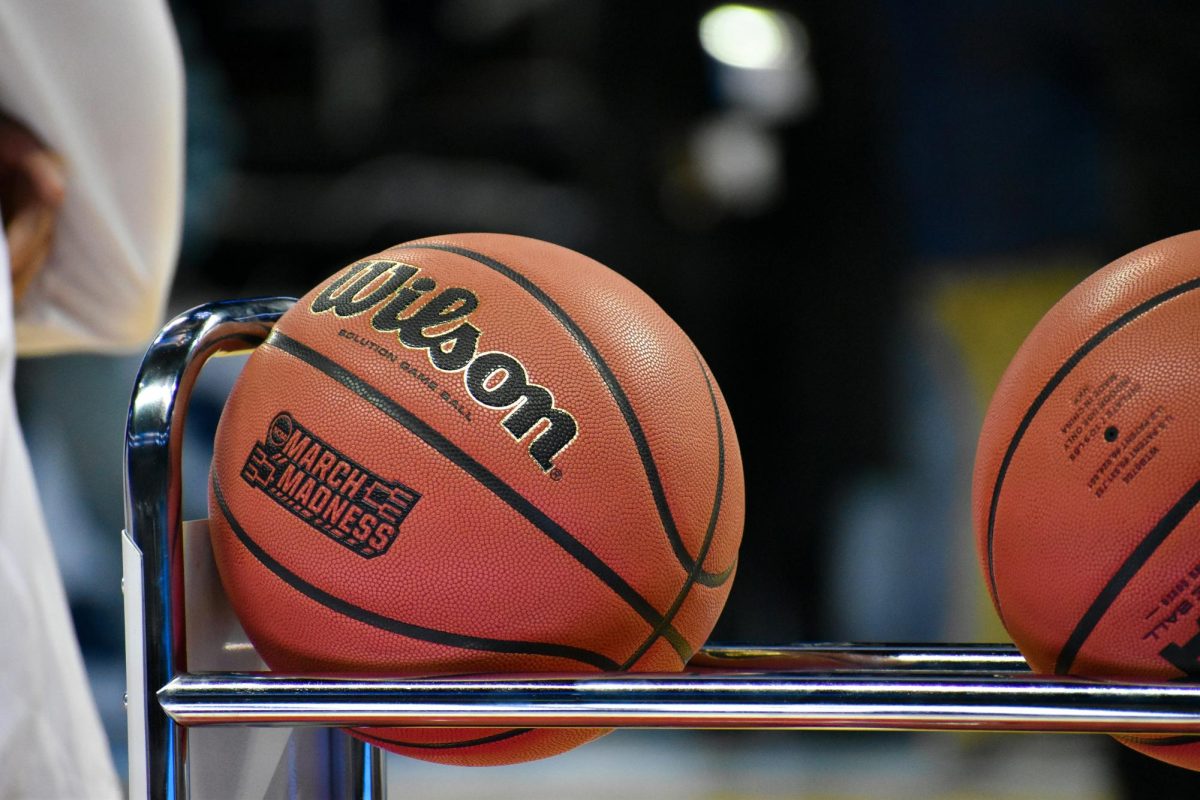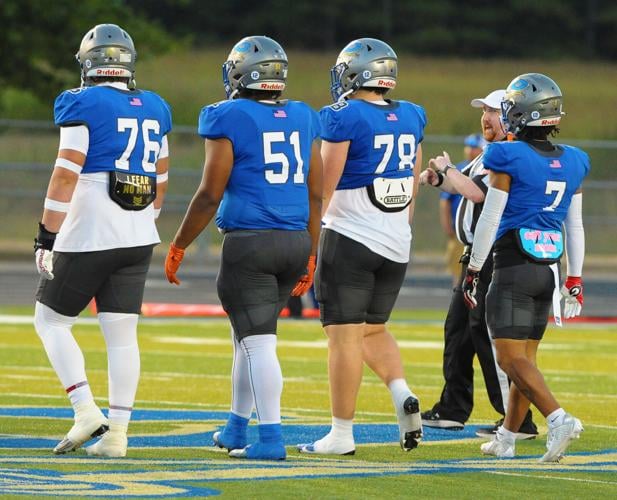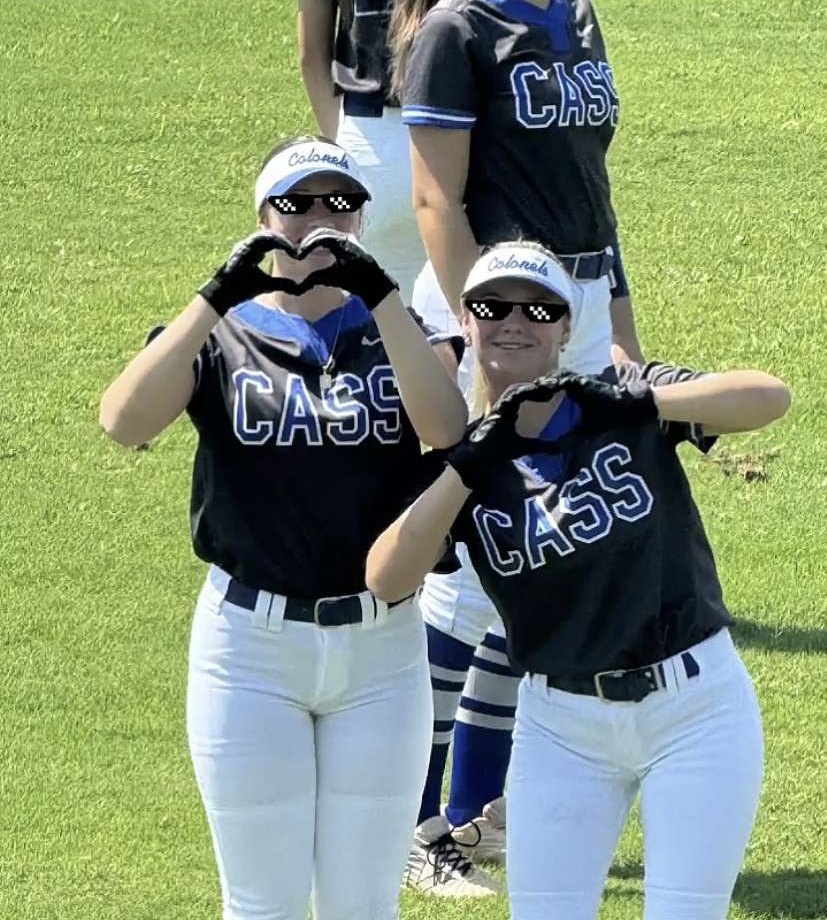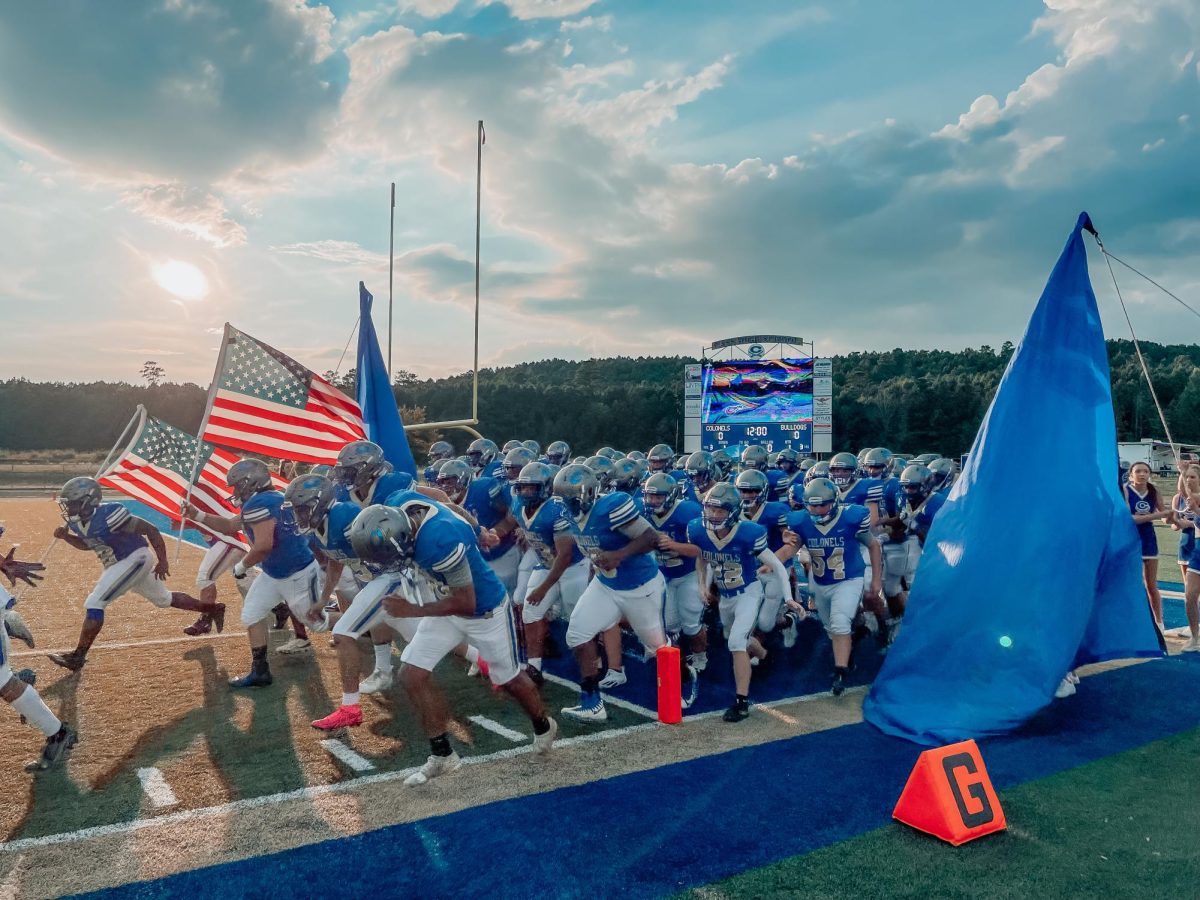The National Collegiate Athletic Association (NCAA) regulates athletics in colleges across America. This organization has three divisions based on the size of the school, the scholarships offered, and the overall level of competition. Within Division I, 68 teams compete to qualify for a single-elimination tournament in March, known as “March Madness.” Of those 68, 32 qualify automatically by winning their postseason conference tournaments. A committee selects the remaining teams. Fans create brackets, place bets, and predict the winners. This is done through a mobile app and within groups. The significance of this yearly event is that it fosters reconnection within friend groups, raises awareness of the importance of college sports, and offers the potential for financial gain.
So, where exactly did this all originate?
Interestingly, “March Madness” originally referred to a high school tournament, not a college one. In 1939, the Illinois High School Association (IHSA) used the term in a newspaper article to generate excitement for their upcoming basketball tournament. This usage continued until 1982, when a Columbia Broadcasting System (CBS) reporter popularized the term for the NCAA tournament. Five years later, they officially licensed it. The first Division I NCAA tournament was held in 1939 with eight teams, and Oregon emerged as the winner. By 1951, the tournament had expanded to 15 teams, doubling in size by 1975. Currently, 64 teams compete in the tournament, and this format has remained unchanged since 1985. The substantial number of teams competing developed a sense of uncertainty. This leads to many people being confused about how to prepare to participate.
How does one prepare and participate?
To prepare for this event, it’s crucial to be familiar with the style of brackets. Learning techniques such as focusing on late-round picks or interpreting point spreads can help provide a competitive edge. Researching each team’s players can help to learn their strengths, weaknesses, and overall chemistry. Differently, many people tend to cast their vote for teams they enjoy. This could be based on their mascot, coaching staff, or star players. In conclusion, reviewing each team’s seed placement could benefit your chances of winning big!
Seeds, like the ones in fruit? What’s with all this lingo and terminology?
In the context of “March Madness,” “seeds” refer to the ranking of teams based on their performance during the season. The top seed is the highest-ranked team and has the best chance of winning the tournament. Typically, these teams also attract the most bets, which are considered a safer option. Betting on a lower-seeded team that pulls off a surprise win and earns more points is known as a “bracket buster” because it can mess up a lot of people’s predictions. The team that pulls off this kind of upset is often called a “Cinderella” team, named after the fairy tale, since they weren’t expected to go far but end up making a surprising run. The tournament kicks off with early rounds and moves into the “Sweet 16”, when only 16 teams are left. After that comes the “Elite Eight”, where the number is cut in half again. Then it’s on to the “Final Four”, and finally, the last two teams face off in the Championship game.
Which teams and players are recognized as the best?
From the perspective of overall wins, UCLA held the top spot with 11 championships, followed by Kentucky with eight and UConn with six. Some legendary basketball players who previously played for UCLA include Kareem Abdul-Jabbar and Reggie Miller. The winner of the 2024 bracket was Connecticut, defeating Purdue 75-60. Currently, standout players such as LJ Cryer, Braden Smith, and RJ Davis have achieved notable success.
My Experience With Zero Experience
To develop a further understanding of how to succeed in this event, I competed in a tournament bracket with ELA teacher and journalism sponsor, Mrs. Smith. I selected Texas A&M as the championship winner and focused on bracket busters and Cinderella teams in hopes of a large increase in points. This does come with a large risk because the higher seeds have their placement for a reason. After a relatively solid start, my bracket suddenly turned when Texas A&M was one game away from playing Auburn (Mrs. Smith’s championship pick). This trend declined significantly when Texas lost to Michigan (79-91). Ultimately, her bracket outperformed mine, but Florida was declared the 2025 “March Madness” season winner! This experience highlighted the overall unpredictability of the event. Regardless of a team’s placement, anything can happen at any time. To conclude, no one has ever selected a perfect bracket, and we look to the future where someone maybe can — but it’s highly unlikely.





















